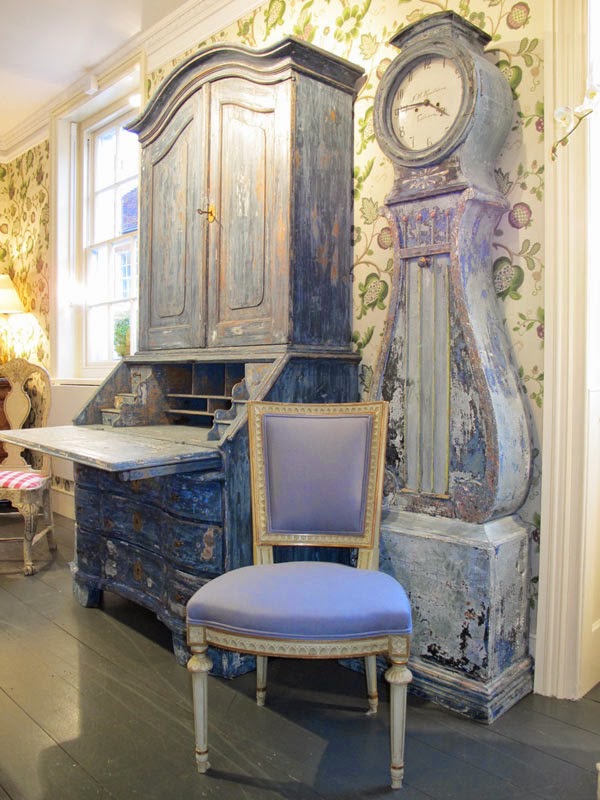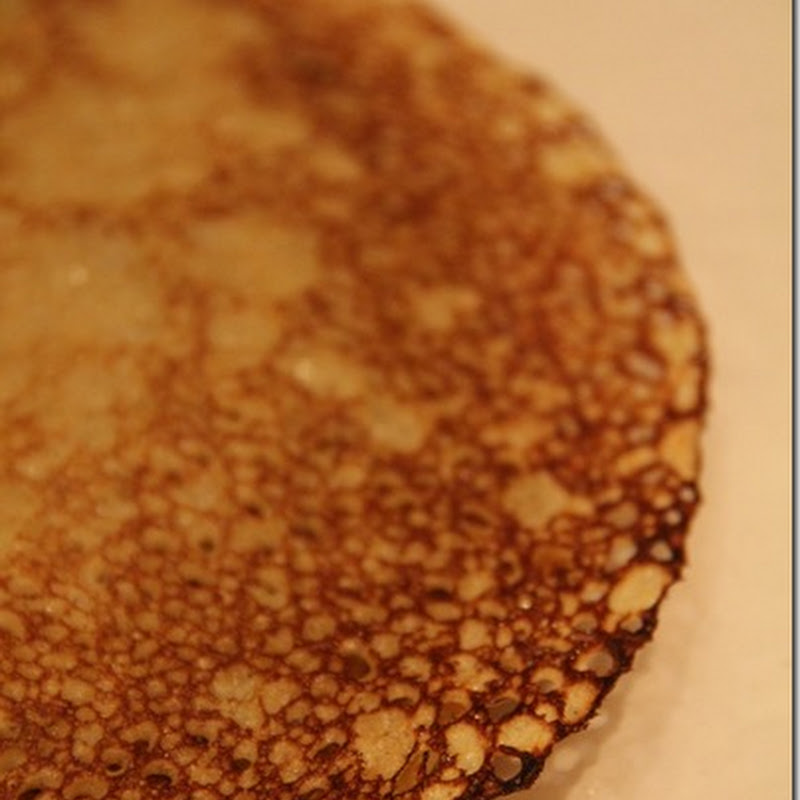Hi Everyone! I'm Angelina from Peonies & Orange Blossoms and Simone loved my post about Antique Swedish Mora Clocks and asked me to feature a Mora Clock post on her lovely blog! I am so excited to be here!! I love that this blog is all about about antiques... with occasional cow picture thrown in!
I have been just dying for an antique Swedish Mora clock since I first laid eyes on one years ago. I know they are trendy right now, but that's okay. They were trendy in the 1790s, too!
 |
| Antique Mora clocks |
Mora Clocks are often marked with the inscription "A A S Mora". These are the initials from Krang Anders Andersson (1727-1799) from Oestnor. He is traditionally known as the first clock maker in the town of Mora. (A A S = Anders Anders Son). AAS initials appeared on clocks in 1792.
 |
| Antique Clocks with the "AAS Mora" on their faces, except the one on the bottom right with the flower pot. |
Each area in the province of Darlana produced a different part of the clock. The clocks were initially sold without a case, then buyer would then ask various locals to make a case. That is why there is so much variety in these clocks!
Eventually however, the "Moraklockor" grew out of fashion. A published manuscript from 1878 quotes, "In Mora clocks are being produced, but they are very old-fashioned models which cannot be compared to the more tasteful clocks which are being imported from North America and Germany". HA! The clocks were produced for about 80 years and then fell out of style.
 |
| A very unusual mora clock in a museum |
Fryksdall: They have a pinched in waist, wide belly, and curly scroll. These ones are most appealing to me. They are often painted in whites, cremes, and greys.
Bridal: These clocks are the most unusual and most expensive; they have fine carvings and paintings on them. Often given to the bride on her wedding day.
Country: Plainer in appearance with less decoration. Simple hood crowns, may not have a face glass. They are often painted with folk art or in browns, yellows, and reds.
City: a catch-all phrase for all remaining clocks. These ones are often painted black.
 |
| a collection of "bridal" mora clocks! |
Clocks made in the South of Sweden were fatter with exaggerated curves.
 |
| Antique Mora clocks in beautiful blues |
 |
| antique Mora clocks in chipped down to original wood |
 |
| Antique Mora Clocks |
 |
| Antique Mora Clocks |
 |
| Chinoiserie black and gold antique mora clocks |
Beautifully decorated, highly ornate with fancy crowns and painted bodies, these are bridal clocks:
 |
| ornate bridal Mora clocks |
They do come in all shades, I love these pink and green clocks...
pink and green antique Mora clocks
|
Here are some rooms showing how you can incorporate such a lovely piece into your household:
 |
| from Swedish Interior Design |
 |
| from Brown Rigg Interiors |
 |
| from Lars Bolander, the master of Swedish Style |
 |
| picture from House Beautiful |
 |
| picture from House Beautiful |
Don't forget to follow me at bloglovin, twitter, pinterest, and google plus.
Where to purchase?? Check out all of these fine antique mora clock dealers from which I took the pictures from: Gustavian, Lone Ranger Antiques, Bagatelle Antiques, Cupboards and Roses, A. Tyner Antiques, Eloquence Inc, Raymond Goins, Scandinavian Antiques & Living , M. Naeve, Maison and Co, C'est La Vie
These pictures are not my own. I put the sources on the pictures. If you own the picture and want to take it down, let me know.








































